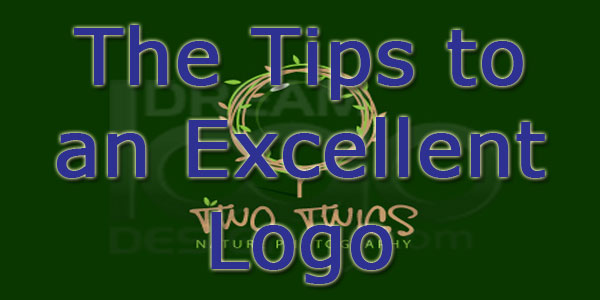 10 March 19
10 March 19
The Tips to an Excellent Logo
Logo, graphic, image, logotype, typogram, logoform, image...call it what you would, a emblem by any other name is the group of letters and/or symbols used in a frequent and unique solution to identify a company. It is the most notable and stable part of marketing, and should be planned thoroughly to fully reflect your brand. Understanding the key areas of a logo will help in developing a durable, on target identity.
Format
There are three common forms for a company logo:
Image & Style -- Carries a literal or symbolic visual with the company name positioned close to but separate from your graphic.
Type-based -- A specific font in a particular color is used for the business's image. Developing a type-based Dream Logo Design Company or "logotype," needs more than selecting a font and keying in a title. In these logos, letterforms are usually changed and spaced in a unique combination and handled as art.
Integrated -- A one-piece custom logo, incorporating graphics and type along so the brand and visual become one device. Companies that use only initials frequently utilize this format.
Direction
Design growth of the emblem generally follows one of three guidelines:
Graphic -- Virtually describes the company's activity, such as for example selecting a tree or a shovel to depict a landscaping design company.
Conceptual -- Conveys an abstract top quality of the business, applying geometric or symbolic forms to express a non-tangible element.
Neutral -- Depends on font choice, excess fat, form, spacing and coloring rather than imagery to convey the message.
Style
Color, font and file format choices assist in building an impression.
Traditional -- Acquiring a classic graphic calls for timeless shades of purple, navy and woodland green. Choosing an elegant script or serif font like Vivaldi, Instances or Palatino, as well as creating a well balanced layout reflects a traditional image.
Modern -- Corporations looking for a contemporary image should consider modern elements. Sans Serif fonts like Helvetica, Myriad and Eras provide clean collections and convenience. Brighter colors, uncommon combinations and numerous hues work. Modern designs tend to be structured and grid-like, or asymmetrical.
Casual -- Whenever a relaxed image is necesary, a casual style may be needed. Fonts that mimic handwriting, script or graffiti, such as Papyrus, Curlz and Comic Sans are in this category. Everyday styles avoid a stiff, official corporate image, using brilliant hues to heated tones.
Uniqueness
You will need to be familiar with the photos around you. Developing a Dream Logo Design Service that is inappropriate for the industry, too near a competitor's, or reminds visitors of another provider can sabotage interaction. A logo should be like a fingerprint, original.
Logos have many elements that can be coordinated to provide maximum influence. When developing an image to reflect a brand, consider these tips for aligning visuals along with the verbal and experiential subject matter of your business.


Comments